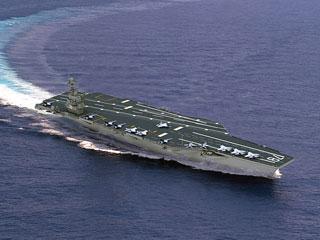
Artist's concept of CVN-78, a new class of aircraft carriers. Photo: US Navy.
WASHINGTON (AFP): The US Navy has christened the first of its next generation of aircraft carriers, a multi-billion-dollar vessel hailed as the most technologically advanced warship ever built.
The USS Gerald Ford, which has been plagued by huge cost overruns at a time of growing budget pressures, is due to begin service in 2016.
The 13-billion-dollar nuclear-powered carrier, which is equipped with an array of technological wizardry, was christened with a bottle of champagne at a ceremony in Newport News, Virginia, near the sprawling Norfolk Naval base on Saturday.
"May God bless and watch over the USS Gerald R Ford, those who built her and the men and women who will sail her into harm's way," said the late president's daughter Susan Ford Bales moments before shattering the bottle against the hulking ship.
The Ford represents the first new design for a carrier in 40 years, and the Navy's chief of staff Admiral Jonathan Greenert called the ship "a technological marvel."
The pomp belied problems with the project, however, which is only 70 per cent complete, with delivery postponed until February 2016.
And faced with automatic budget cuts and the need to fund other programmes, including submarines, Greenert has warned the service may have to delay completing the Ford "by two years."
The move would force the United States to rely on a fleet of 10 existing carriers and means "lowering surge capacity" in a crisis, he added.
US law requires the military to maintain 11 aircraft carriers, but at the moment only 10 are available since the retirement of the USS Enterprise in 2012.
The current carrier fleet, launched between 1975 to 2009, are Nimitz-class ships, but the Ford, or CVN 78, represents a new class of carrier with a new design, which will be followed by the John F Kennedy and new Enterprise carriers. All have a similar length of about 330 metres.
The Ford-class design is supposed to allow for 25 per cent more sorties for the fighter jets and helicopters on board, generate more electrical power and produce more fresh water from desalination systems, allowing sailors to take comfortable showers.
"The Ford class is designed to provide increased war-fighting capability with approximately 700 fewer crew members," reducing the cost of maintaining the ship, the Navy said in a statement.
While fewer sailors will be needed to run the carrier, the cost of building the ship has sky-rocketed. Since the start of the contract in 2008, construction costs jumped 22 percent over the scheduled budget to USD 12.8 billion in total.
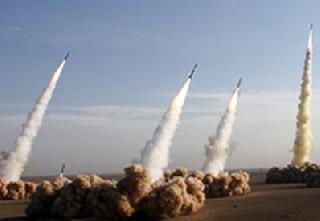 Previous Article
Previous Article Next Article
Next Article
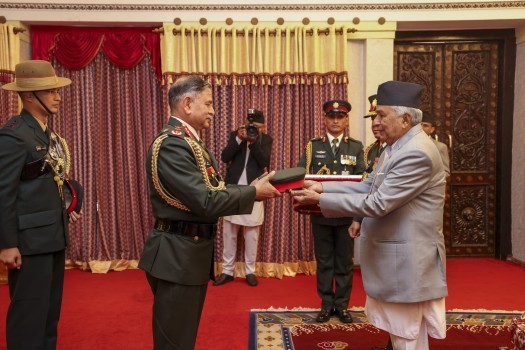

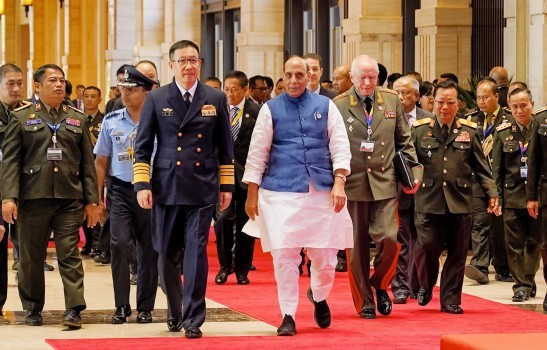

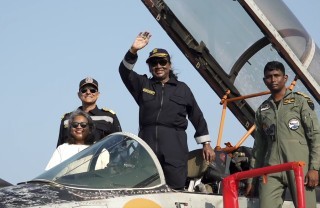
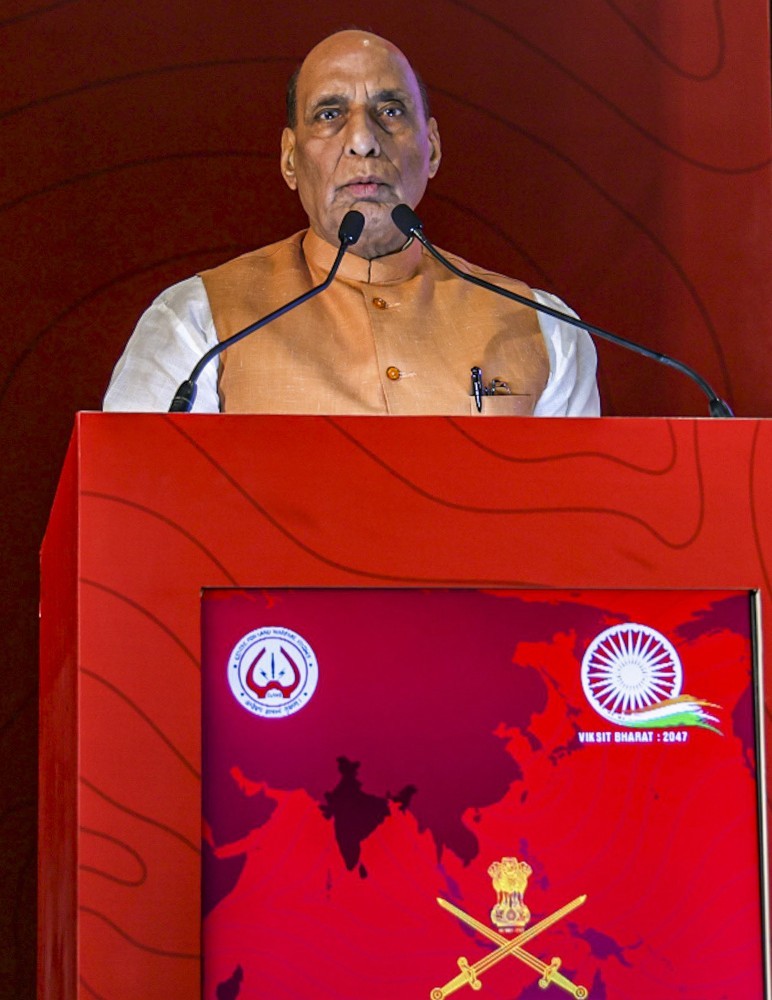





The Indian Air Force, in its flight trials evaluation report submitted before the Defence Ministry l..
view articleAn insight into the Medium Multi-Role Combat Aircraft competition...
view articleSky enthusiasts can now spot the International Space Station (ISS) commanded by Indian-American astr..
view article